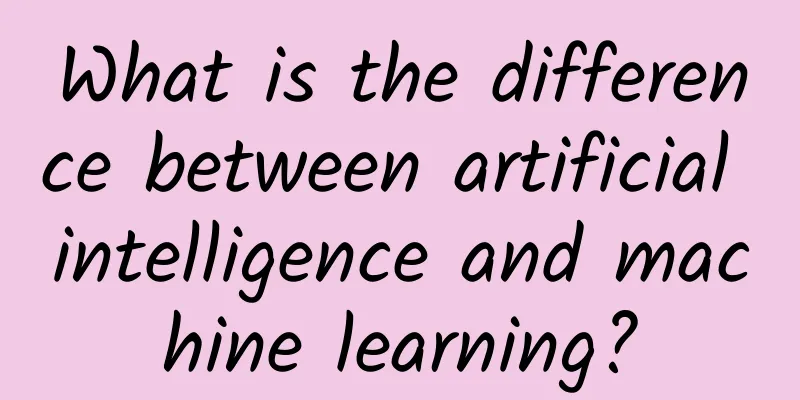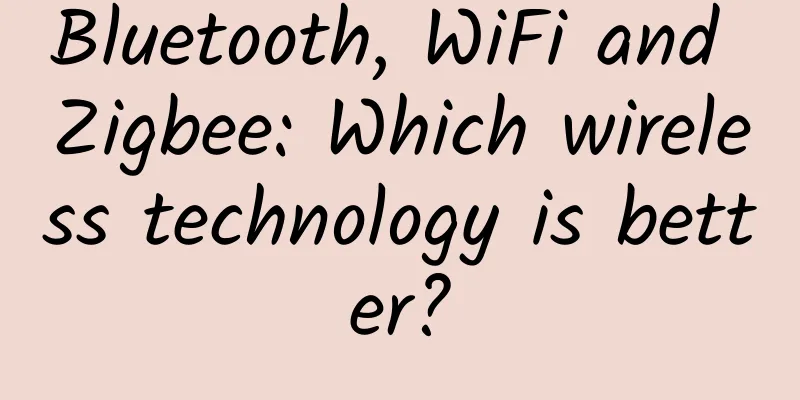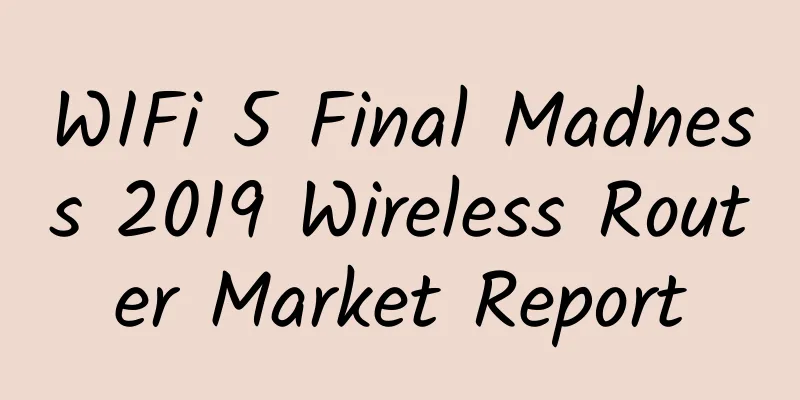Network security knowledge: View the user license agreement

|
It is very necessary to understand the user license agreement. However, in the process of constantly investigating some software and in news reports, some parts of the user license agreement are illegal and violate regulations, inducing users to agree, and hiding many tricks in the long text. If sensitive personal information is excessively collected, the mobile terminal locates the user's location, etc., some software does not need some sensitive personal information, but the software vendors continue to play word games and collect personal information beyond the scope. We can see this in the rectification of the Ministry of Industry and Information Technology and other departments. What is an End User License Agreement?An End User License Agreement (EULA) is a contract between us and the software vendor or developer. Some software packages state that by simply removing the shrink wrap on the package, we agree to the contract. However, we may be more familiar with the type of EULA that is displayed as a dialog box when we first open the software. Acceptance of the conditions of the contract is usually required to proceed. Software updates and patches may also include new or updated EULAs with terms that differ from the original terms. Some EULAs apply only to certain features of the software, so we may only encounter them when we try to use those features. Unfortunately, many users do not read a EULA before accepting it, the terms of each contract vary, and we may agree to conditions that we later deem unfair or that expose us to unintended security risks. What terms can be included?EULAs are legal contracts where vendors or developers can include almost any conditions. These conditions are usually designed to protect the developer or vendor from liability, but they may also include additional terms that give the vendor some control over our computers. The following topics are commonly covered in EULAs:
The following topics, while not standard, are examples of additional conditions included in a EULA that raise security implications that should be considered before accepting the agreement.
Reference source: CISA official website By: Mindy McDowell |
>>: 2021 China Internet Haha List 1: Top Ten Internet Buzzwords
Recommend
Recommend a lightweight and fast file transfer tool for LAN
Project Introduction Fluxy is designed to provide...
Understanding Deterministic Networks in Seconds: Playing with Queues (Part 1)
Queue scheduling is a core issue in computer netw...
China will soon become the global center of artificial intelligence technology
What role will China's artificial intelligenc...
China successfully launches the world's first quantum satellite "Micius"
At 01:40 on August 16, China successfully launche...
PacificRack Chinese Valentine's Day discount: $13.14/year KVM-2GB/60GB/1TB/Los Angeles data center
PacificRack, referred to as PR, is a site under Q...
Mobile phone + satellite, how difficult is it?
These days, news about satellite phones has beco...
Analysis of 5G network security issues
The fifth generation of mobile communication tech...
Viewpoint sharing: Why smart cities need powerful 5G networks?
While debate rages about when and how to restart ...
Growth and development opportunities brought by 5G to IoT companies
Since the first major announcement just two years...
How 5G contributes to Industry 4.0
During the COVID-19 pandemic, industries across t...
Six major trends in 5G development in 2021
2020-12-31 09:392020 is a year of vigorous constr...
When wireless communication officially becomes a strategic energy source: The butterfly flaps its wings in the 5G era
Speaking of 5G, what do you think of first? If yo...
How to save records when surfing the Internet? You need to know the relationship between Session and Cookie
Why use Session and Cookie? In a nutshell, becaus...
Wi-Fi 6 Column | It turns out that you can understand the next generation of Wi-Fi in such an easy-to-understand way
Why is it called Wi-Fi 6? Each new Wi-Fi version ...
8 Software-Based Network Trends for 2019
As networks become increasingly software-based, l...









